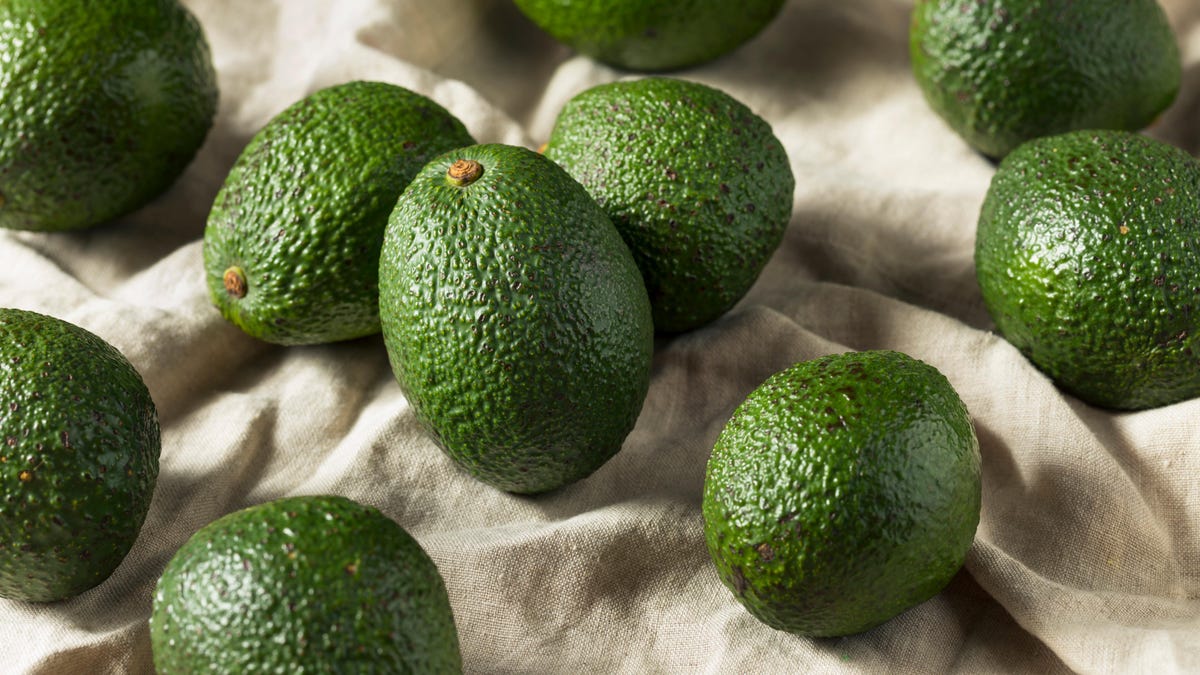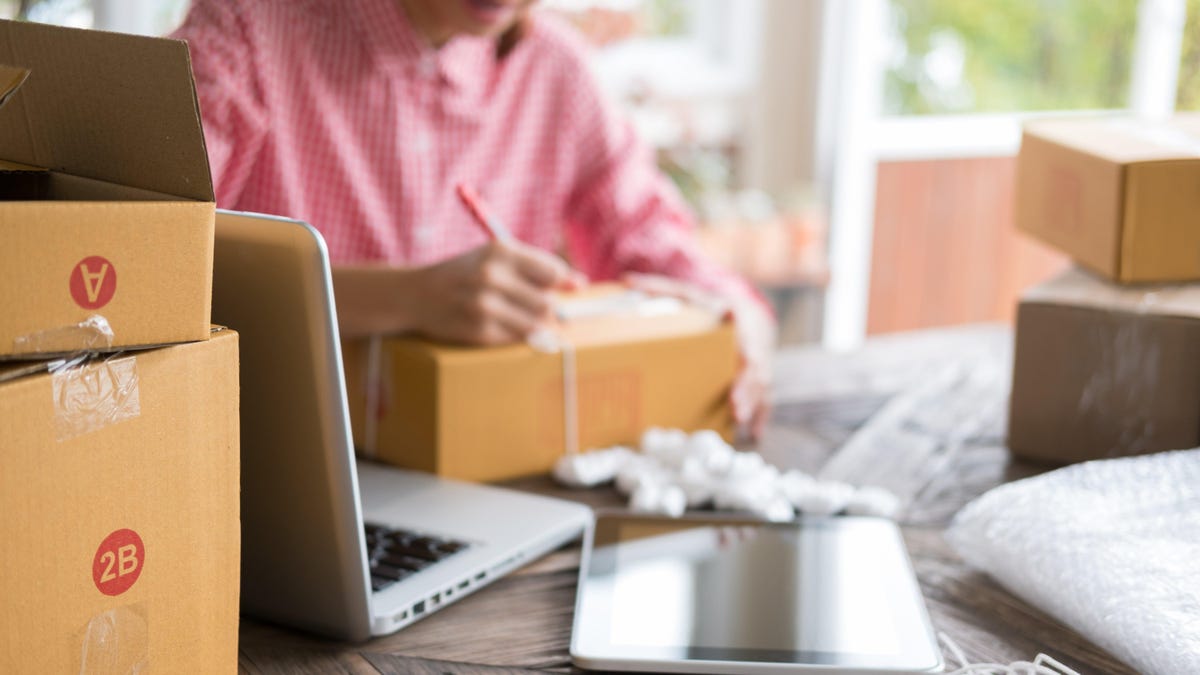This Is the Only 'Fast' Way to Ripen an Avocado
Avocados have a fan club that hates to love them. They taste great, can be sliced, mashed, or blended, and can be used to make everything from salad dressings to ice cream. But they like to play coy. Perfectly...


Photo: Brent Hofacker (Shutterstock)
Avocados have a fan club that hates to love them. They taste great, can be sliced, mashed, or blended, and can be used to make everything from salad dressings to ice cream. But they like to play coy. Perfectly ripe for seemingly minutes, avocados spend most of their time on the countertop being rock solid or rotten. This fact has given rise to a great number of “quick ripening” avocado hacks. If you’re excited to hear all of them, enjoy that feeling. That was nice. Anyway, those hacks don’t work. Turns out, there is only one way.
Outside of letting the fruit ripen on its own for a few days, there’s a singular way to speed up your avocado’s ripening. It’s faster, but it still ain’t fast. Put the avocado in a paper bag, or any closed off space, ideally, with another climacteric fruit that’s already ripe (like an apple or a banana). Paper is suggested because it absorbs possible mold-causing moisture, however it’s only for a day, so mold is unlikely to grow on the avocado’s skin. (And you can always throw a napkin or paper towel into a plastic bag if you’re out of paper.) Depending on the avocado’s current state of ripeness before going in “time-out,” it will be ripe in 12-24 hours, and the other fruit will have advanced, too. Every other “ripening” hack I have come across turns out to be a softening hack. You have to consider what you really want from your little green goddess—ripeness, or for the damn thing to just be soft already.
The University of Maryland Extension details that a number of characteristic changes occur when a fruit ripens, and softening is only one of them.
The firmness of the fruit flesh typically softens, the sugar content rises, and acid levels are reduced. Aroma volatiles are released, and the true flavor of the fruit develops. The color of fruit typically darkens, the skin and flesh soften, and the green background color fades.
The only way to truly effect ripening is to trigger the biological process chemically with ethylene. Ethylene is a plant hormone that signals the ripening process, and no, you don’t need to buy it off Amazon. This is where the paper bag comes in. Climacteric fruits are fruits that can ripen off of the plant. They can be harvested before ripeness and will continue to ripen in storage because they will give off ethylene naturally. Unripe fruits give off low concentrations of ethylene, but as it matures, the ethylene, among other things, will alert the other developmental processes, and begin to give off higher and higher concentrations of ethylene gas. Since the avocado is already giving off ethylene, putting it in an enclosed space (like a paper bag, plastic bag, or cardboard box) locks in the ethylene and surrounds the fruit, signaling for it to release more and more ethylene. Left on the counter, this important ripening gas is lost to the room.
If the avocado is particularly green, adding a fruit that is already ripe and giving off advanced levels of ethylene gas, gives the avocado a jump start. Be warned, that fruit will also be affected by the ethylene container and likely become overripe. The avocado benefits from the advanced life stage of the other fruit to reach the top of its game, while the innocent helper-fruit shrivels and becomes mush.
G/O Media may get a commission
Put your avocado in a bag and check on it every eight to ten hours, to see how ripe it is, then take it out to slow down the rate of ripening. This ethylene container trick will work with any climacteric fruit (hard peaches, I’m talkin’ to you), and will actually ripen the fruit’s texture, color and, most importantly, the flavor. If you’ve ever ordered a dish that includes sliced avocado and gotten underripe pieces, you know how disappointing it can be. At my current life stage, I can chew on firm foods just fine, but unripe avocado tastes like watery nothingness.
Avocado softening tricks (like pouring salt on it, putting it in the oven, or simply annihilating it in a food processor), might allow you to mash it up, but the flavor will remain the same: lacking.
If you’ve organized a football Sunday gathering and you were in charge of the guacamole, my best advice is to give yourself at least 24 hours of avocado-in-a-bag time. If you don’t have that much time, you’re better off grabbing a couple Sabras and secretly scooping it into your own Tupperware.

 Hollif
Hollif 































